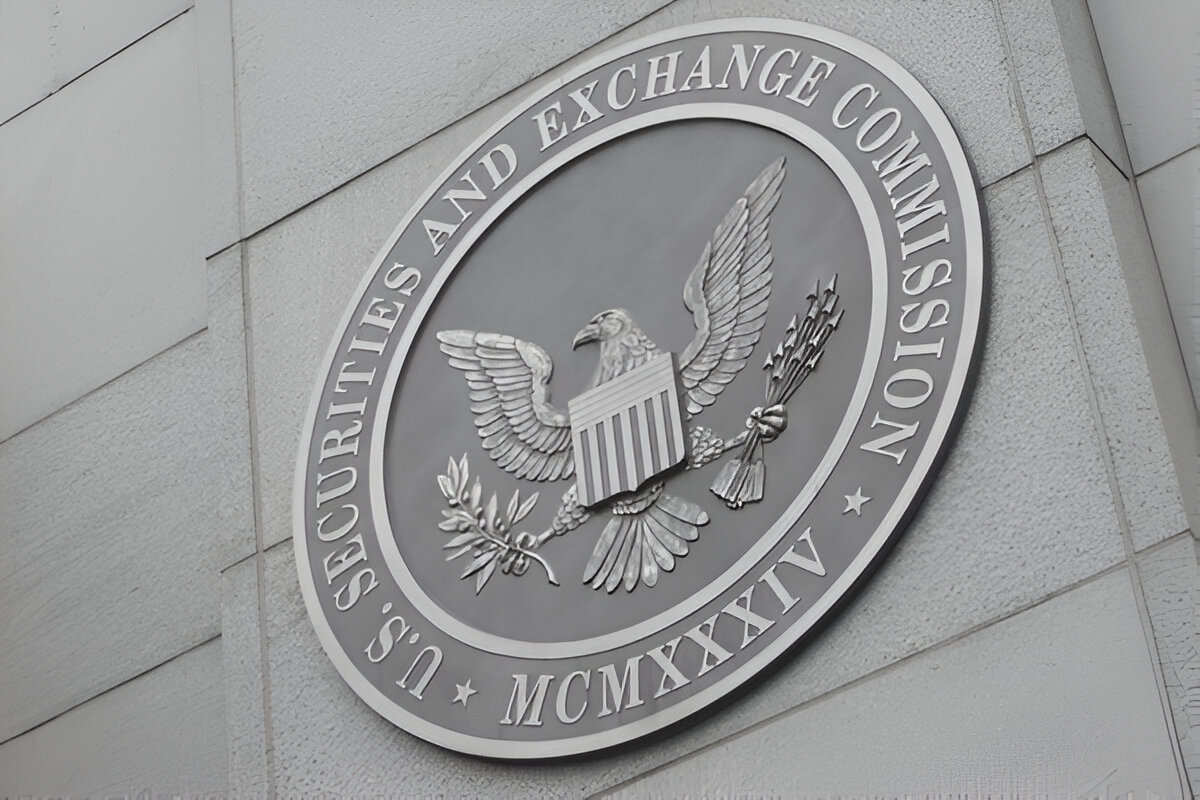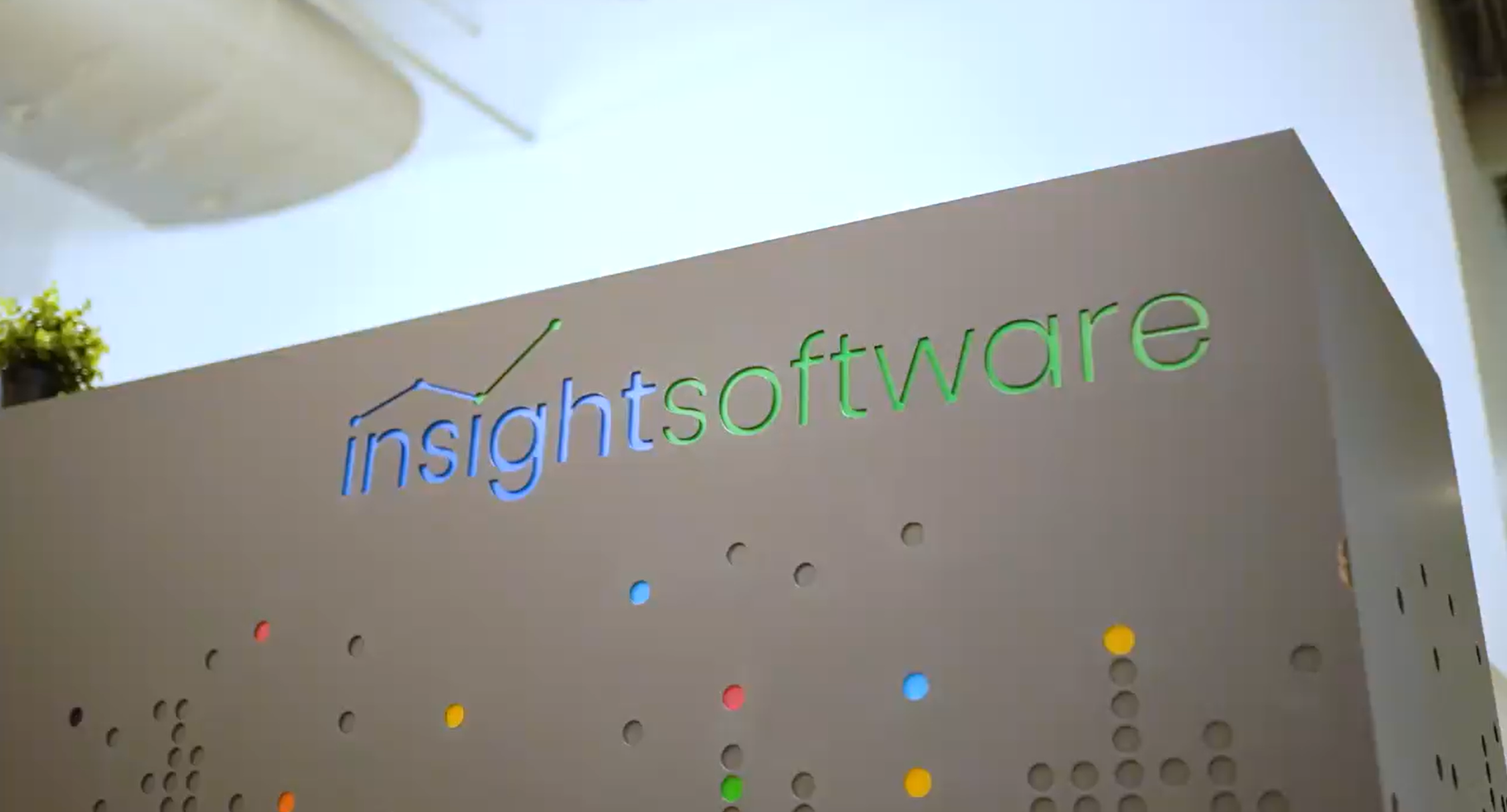From the Dec. 2006 Issue
Microsoft recently released Internet Explorer 7 (IE 7), the latest version
of the world’s most popular (or at least most used) web browser. Currently,
about 80 percent of Internet users worldwide use a version of IE, down from
more than 90 percent in the late 1990s. The other major browsers are Firefox
and Opera. With all of the security patches and upgrades we receive from Microsoft,
this might not seem like much of a big deal. But really it is because, despite
constantly growing online security threats such as bogus websites that harvest
confidential information, spyware, adware, spamware, phishing and browser hijacks,
just to name a few, Microsoft has not updated IE since 2001. Sure, there have
been a few security patches to address shortcomings of the browser, but no real
features have been added since that time.
While Microsoft was resting on its laurels, new competitors entered the market.
And its oldest foe, from whom they took the market in the 1990s, disappeared.
Netscape, once the definitive leader among web browsers, had faded into barely
a blip on the radar when AOL bought the company, which essentially guaranteed
its demise. However, the Opera and Firefox browsers have taken advantage of
the market, incorporating new technologies and features that were not offered
in IE and offering improved security. After losing about 10 percent of its market
share and after about three years of development, Microsoft has finally debuted
the non-beta version of IE 7, which is available only for computers running
Windows XP (Home or Professional).
New Features
For those web surfers, whether business-oriented or recreational, who haven’t
wanted the “hassle” of switching browsers (because they think it
will be too much work), the good news is that IE 7 now has essentially caught
up with the others in terms of functionality and security. Of course, it will
still be more susceptible to security threats because if most of the people
are using it, then that is where the bad guys will focus their efforts.
Among the new usability features in IE 7, the one getting most of the attention
has been the tabbed browsing function. Both Firefox and Opera, as well as other
lesser-known browsers, have offered this for years, but for IE users, this will
be a new way to surf. Basically, tabbed browsing allows users to open, view
or close multiple website windows from within the same single window, with each
page accessible via tabs that can also be previewed on a thumbnail page. Many
people love tabbed browsing because it reduces the need for having several windows
cluttering up their screens. As somewhat of a power user who frequently has
10 or more IE windows open, I prefer non-tabbed browsing, instead moving between
pages using the taskbar at the bottom of the screen.
Another major addition is the anti-phishing feature. Phishing, of course,
is when the bad guys out there try to get users to enter personal financial
information onto a website that looks like a legitimate website. The bad guys
have gotten good at this, sending out millions of e-mails telling people their
bank account or eBay access will be suspended if the user doesn’t reactivate
it. They set up a fake website that resembles the bank or other organization’s
website and sometimes obscure the web address bar, which would show that the
user is actually on an unknown website. The new anti-phishing tool always shows
the real web address and checks that address against a database of known phishing
addresses, alerting the user of problems.
IE 7 is also the first of the major browsers to have built-in support for
RSS feeds, automatically cataloguing the available feeds from each page visited.
Now, I’m sure some of you are saying IE 6 had this, or Firefox and Opera
do that. It’s true that they support RSS, but IE 7 includes a basic RSS
reader, while the others support third-party readers as add-ons to the browser.
Other features include a built-in search function that can use any search
site the user desires, but like many of the interface changes, this search bar
cannot be removed from the screen. The new version also includes a zoom function
that allows portions of the screen to be magnified, as well as better security
frameworks, increased user control of ActiveX, enhancements to support web standards,
and improvements in HTML/CSS support.
New Interface
Getting used to a redesigned interface can be a drag, and although the changes
are not that significant, I’m not too pleased with a few of the changes.
The back and forward buttons are in the same top-left position (different graphic
icons, though), but there is no pull-down list for the back button. In another
change, the web address bar is at the very top of the screen. Along with not
being able to remove the search function and very limited customization of the
toolbar, one of the biggest blunders that Microsoft made is the placement of
the Refresh button to the right of the address bar, away from the other navigation
buttons. If I could just add this button to the toolbar it would be fine, but
I can’t.
On another positive note, those users frustrated with printing blank or partial
pages will be pleased with improvements to the print function, which now automatically
shrinks pages to fit the screen (although it can shrink text a bit too much
if you’re not careful). IE’s new Favorites Center (formerly the Favorites
sidebar) has been changed, as well, and now provides tabs for RSS feeds.
When to Upgrade
If I hadn’t intended on writing this column about IE 7, I would have waited
a few more months to upgrade, mostly to give the time to get the bugs out. However,
this system has been in the works for about three years, and in beta testing
for more than a year, so most bugs are gone. The only real problems I have are
with not being able to set my interface back to the way I had it before, especially
the Refresh button, but also the other toolbars. The benefits of the system
are significant, however. From helpful tools like the RSS notification and reader
functions, to essential security enhancements including anti-phishing and ActiveX,
users will have an overall better and safer web browsing experience with IE
7. So if you’re running XP Home or Pro, go ahead and consider upgrading
sometime before tax season hits.
————————————————-
Mr. O’Bannon is the technology editor for The CPA Technology Advisor.
He can be reached at isaac.obannon@cygnuspub.com.
Thanks for reading CPA Practice Advisor!
Subscribe Already registered? Log In
Need more information? Read the FAQs



